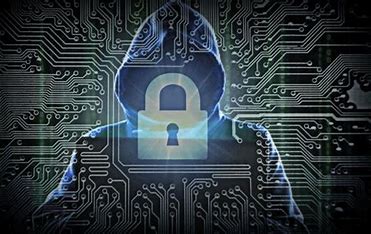
Cybersecurity and Information Security
Cybersecurity and Information Security
$3500.00$1500.00
Day One: Introduction to Cybersecurity and Information Security
Objectives:
Defining the concept of cybersecurity and information security.
The importance of cybersecurity in the digital age.
Review of types of cyber threats and methods to prevent them.
Content:
Definition of cybersecurity and information security.
The differences between cybersecurity and information security.
Main security threats (such as viruses, malware, ransomware attacks).
Basic practices for data protection.
Cybersecurity tools and technologies.
Learning Method:
Interactive lectures.
Study of real cases.
Day Two: Fundamentals of Network and System Security
Objectives:
Understanding the basic principles of network security.
Applying basic security measures on networks.
Content:
Basic network security techniques (firewalls, encryption, VPN).
The importance of Intrusion Detection Systems (IDS) and network monitoring.
Risk analysis and methods to mitigate attacks.
Security settings for systems and networks.
Learning method:
Practical workshops.
Practical exercises on adjusting security settings.
Day Three: Identity and Access Management
Objectives:
Learn the basics of Identity and Access Management (IAM).
How to apply security policies to system access.
Content:
The importance of identity and access management.
Multi-factor authentication (MFA) techniques.
How to create security policies for identity management.
Identity management tools and techniques.
Learning method:
Interactive lectures.
Practical training on implementing access policies.
Day Four: Incident Response and Disaster Recovery
Objectives:
Learn how to respond to cyber incidents.
Understanding the mechanism of recovery from cyberattacks.
Content:
Types of cyber incidents and how to deal with them.
Preparing an incident response plan.
Disaster recovery strategies.
Tools and methods for incident analysis.
Learning Method:
Emergency simulations.
Practical exercises on the response and recovery plan.
Day Five: Future Security Strategies and Data Protection
Objectives:
Identifying future trends in the field of cybersecurity.
How to protect data in business environments.
Content:
Future technologies in cybersecurity (artificial intelligence, machine learning).
Data protection in modern work environments.
Data protection and compliance laws (such as GDPR).
Cloud security strategies.
Learning Method:
Interactive lectures.
Group discussions.
The target audience of the course:
Company employees in the field of information technology.
Cybersecurity specialists.
Graduate students in the field of Information Technology.
Individuals who seek to expand their knowledge in the field of information security.
Learning Method:
Theoretical lectures.
Practical workshops.
Case studies.
Simulation of real operations.
Group exercises.


